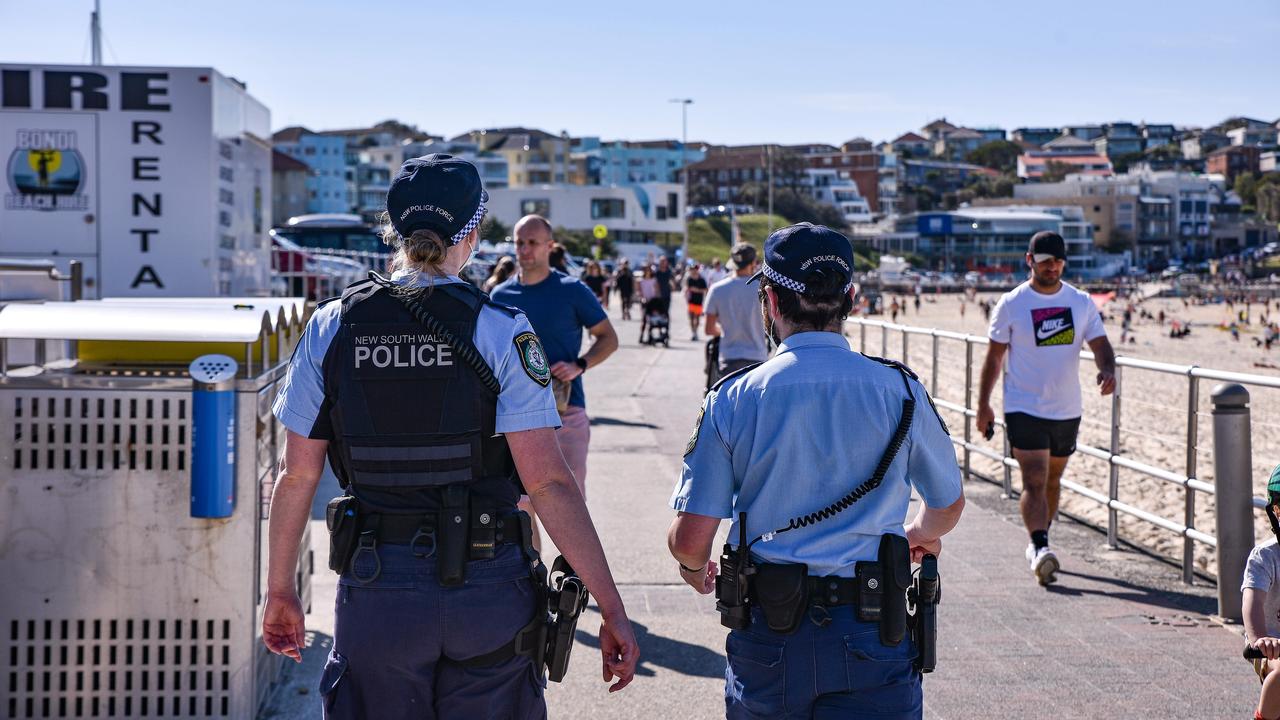Lawyers study Wivenhoe log to see if Bligh government liable
Claims by the operator of Wivenhoe Dam that it followed the manual during the floods that hit Brisbane in January are undermined by log entries
Strenuous claims by the operator of Wivenhoe Dam that it followed the operating manual in managing the devastating floods that hit thousands of homes and caused billions of dollars of damage in Brisbane in January are undermined by the log entries in the operator's formal report.
The entries in SEQWater's "flood event log" -- a contemporaneous record of decisions, calls and other activities -- are being examined by senior lawyers and independent engineers, who are comparing what happened with the requirements of the dam's operating manual.
Under Queensland legislation, there is no liability for the losses caused by releases of water from the dam and subsequent flooding if the manual is followed correctly at relevant times.
However, a departure from the manual's prescriptive requirements of the operators to adopt certain strategies at key stages of a flood event could open the Bligh government to massive legal claims by insurers and residents.
The entries in the flood event log -- from page 760 of a detailed 1180-page technical report released by SEQWater this week -- show that late on Sunday, January 9, engineers wanted to release significantly higher volumes of water from Wivenhoe Dam to increase storage capacity to manage intensifying rainfall and increasing catchment run-off.
The log discloses that senior engineers proposed more than doubling the rate of release on the evening of January 9 but this was put off until Tuesday, January 11, when the situation had become critical because of the rapid rise of water in the dam to a point at which its safety was in question.
Senior sources said an entry shortly after midnight on January 9 was regarded by lawyers and insurers as potentially crucial in determining the liability of the Queensland government.
The entry at 12.55am states: "Engineer 3 called Dam Operations Manager to discuss [Brisbane City Council's] view on damaging flow. Engineer 3 confirmed that if flows were kept below 3500 [cubic metres per second], the fuse plug would be triggered. Agreed the situation reports will not allude to damage levels -- the councils can make decisions on what to report in this regard."
The entry makes it clear that relatively early in the flood, a senior engineer at SEQWater predicted that Wivenhoe Dam's rising lake level would ultimately trigger the collapse of part of the dam's auxiliary spillway, resulting in an uncontrolled discharge of water, unless releases were significantly increased and the levels were kept below 75m.
A primary objective of the operating manual for the dam is protecting its structural safety and any concern about the triggering of a fuse plug should have led to the operators adopting a much more aggressive strategy, known as W4, to release water.
But it took until January 11, when levels in the dam were still rising and just 70cm away from triggering the fuse plug, for SEQWater to release huge volumes at a flow rate of an unprecedented 7500 cubic metres per second, which caused most of the flooding in the Brisbane River.


